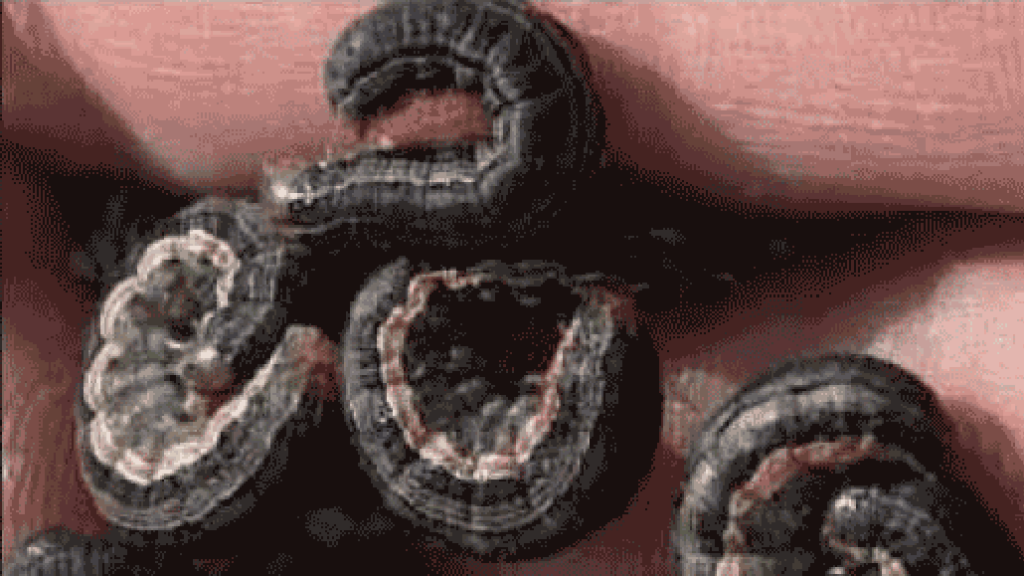2023 agronomy update
EXPERTS WEIGH IN ON 2023 ENVIRONMENTAL CONDITIONS

NO ONE WILL ever know what type of growing season is up ahead. Crop planning is important, but the reality is there are factors that can influence the crop growing season and require a change in the plan. There is a primary factor that causes this change – the growing environment.
The 2023 planting season across Ontario started with a blast of heat followed by cooler conditions and then a minor amount of rain in some areas. From planting until mid-June (when this article was written), the weather featured a mix of hot and cool temperatures. Although the planting and early growing season weather was mixed, overall, the fields looked okay in terms of weed population, but there was a concern for lack of germination and emergence.
THE GOOD AND NOT-SO-GOOD NEWS
Good news: once the rain went through many areas, seed germination started, crops emerged, and overall, things looked good from the side of the road.
The not-so-great news: when scouting, the side effects of the dry planting and early lack of rain started to show.
Kristen Kelly and Kelsey Hill, sales agronomists at Harvex Agromart in Oxford Station, scouted fields across eastern Ontario in the early season. They noticed side effects of the dry planting and fluctuating weather that followed. Among their observations:
Slow germination and emergence
For seed to germinate and the plant to emerge, the soil needs to be about 10 degrees Celsius for spring-seeded crops and good soil moisture and growing environment. Due to the lack of adequate moisture and cooler temperature during the normal time of emergence, the crop was slow to emerge.
Residual herbicides had a very minimal effect
One of the key factors for residual herbicides to activate is environmental conditions. In dry growing seasons the herbicide cannot be ‘triggered’ to activate without a key factor — soil moisture.
Signs of macronutrient and micronutrient deficiencies
There were some signs and symptoms of macronutrient and micronutrient deficiencies. For some growers, the response may be to apply a foliar fertilizer in this situation. Although this may be a good strategy in some growing environments, it is important to keep in mind what the Ontario Ministry of Agriculture and Rural Affairs (OMAFRA) states in their article Effectiveness of foliar applied nutrients in dry weather: ‘Foliar applied nutrients can be a useful tool to compensate for nutrient deficiencies. However, during extended drier, hotter weather conditions, their effectiveness can be limited by changes in cuticle chemical composition, the passive uptake through leaf stomata and aqueous pores, and the drying of foliar applied nutrients.’
RESEARCH ON ENVIRONMENTAL IMPACTS
Holly Byker, agronomy manager, Northern and Eastern Ontario Crop Research Centres, University of Guelph, and Dr. Jocelyn Smith, field crop entomology research scientist and adjunct professor with the Department of Plant Agriculture at the University of Guelph Ridgetown Campus, are working on several projects that examine the impact of environmental conditions on crop development.
One of Byker’s projects focuses on corn and soybean planting dates. One significant finding in spring 2023 was that the crop planted earlier emerged slower than the crop planted mid-spring. Furthermore, the crop planted from mid-spring to the final planting on June 8 was very delayed and slow to emerge due to the lack of moisture available.
Dr. Jocelyn Smith and University of Guelph master’s student Natasha Weppler are working on a project to evaluate economic thresholds for true armyworm in cereals. These studies are being conducted in Ridgetown and Kemptville in partnership with the Grain Farmers of Ontario and OMAFRA. The project focuses on the effects of cereal development and the timing of true armyworm invasion. Another aspect of the project is to assess the level of natural control of true armyworm in Ontario by beneficial insects such as parasitic flies and wasps. In 2023, the true armyworm flight counts in pheromone traps were not noticeably higher than in other years, but there have been many recent findings of armyworm populations in winter wheat in southwestern Ontario and some in seedling corn. Scouting for true armyworm was encouraged at the end of June into early July.
There is hope that growers will not encounter this type of varied planting and early growing season conditions again. The good news is that research is being done to learn more about managing these issues. •

























